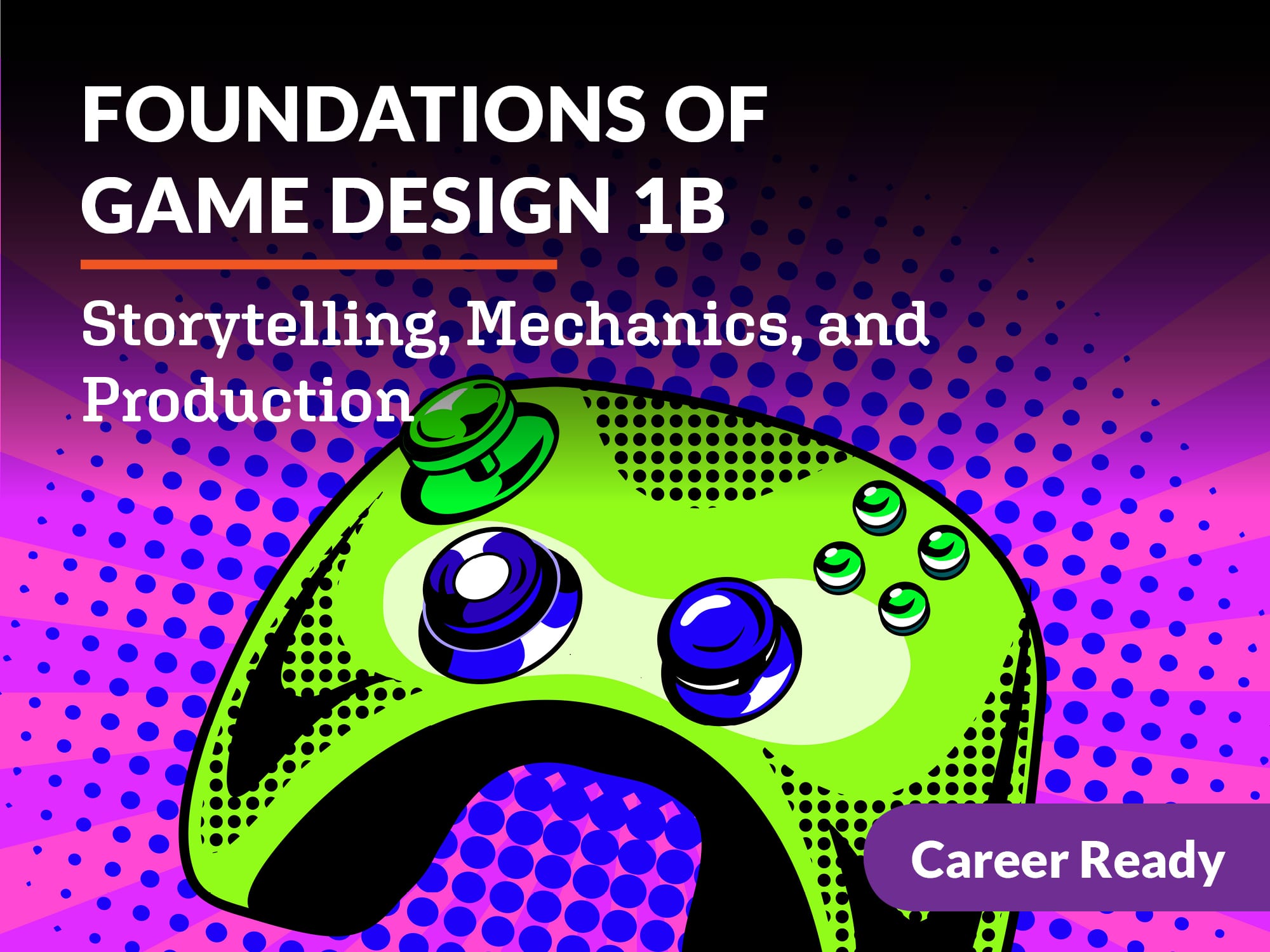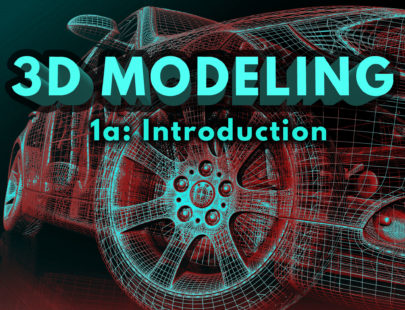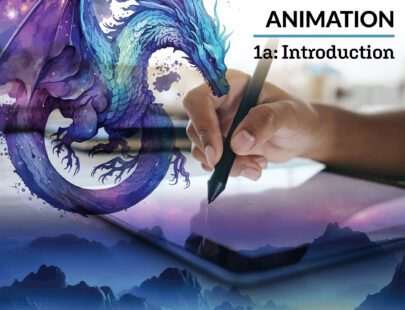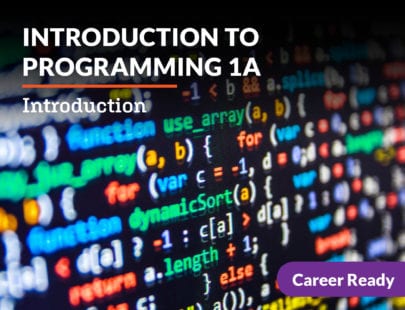
Foundations of Game Design 1b: Storytelling, Mechanics, and Production
Do you game? What makes the games you play great? This course is your chance to turn your video game ideas and dreams into reality. Jump into the world of game design where you will learn how to craft everything from legendary stories to insane gameplay mechanics using the Unity engine. Get your “hands dirty” debugging, fine tuning, and prepping your game for launch across multiple platforms. By the end, you will have your own game ready to drop – packed with all the features that makes a game unforgettable. Get ready to power up your creativity and to level up your game design skills!
Units at a Glance
Unit 1: Planning and Preproduction
You’ve got some game design skills in your pocket. You’ve practiced techniques and have an idea of assets and mechanics that are within your grasp. You even have a game idea (or three!) that you are curious to build out and see how playable it is. What’s next? Starting a creative project like this requires some amount of planning. Planning and documentation help the design team know their goals and meet them. They also help you communicate your vision for your game to potential stakeholders like investors or publishers. In this unit, you’ll learn about common practices during the planning and preproduction stages of development, ways to organize and communicate information, and the typical elements of a game design document.
What will you learn in this unit?
- Communicate your game concept to your team and to investors
- Identify elements of a game proposal
- Summarize the elements that are described in the gameplay section of the game design document (GDD)
- Discuss the remaining elements of the GDD and the importance of their documentation
- Describe how scheduling and budget estimates impact your game design plan
Unit 2: Storytelling
While solid game mechanics are key to a game’s success, a game’s art and story give the game life. It’s a bit like the difference between a car and a road trip. The car may be awesome, but where are we going? Storytelling and animation are deeply intertwined, and you’ll always be learning more. Still, the basic principles of each are easy enough to understand. In this unit, you’ll discover the strategies that world-class animators use. You’ll also see how to put existing 3D models with animations into Unity and explore techniques for creating compelling characters and stories in a variety of game genres.
What will you learn in this unit?
- Include the essential elements of a story in your games
- Incorporate a variety of game genre characteristics into your games
- Connect world and level design with environmental storytelling
- Create larger-than-life movement with Disney’s 12 principles of animation
- Import and apply animations to a character model into Unity
Unit 3: Randomness in Games
Just as variety is the spice of life, randomness often makes games more exciting and fun. How is randomness implemented in games both physical and digital, and what makes it so compelling for developers and players? What are the technical limitations of randomness created by machines, and how do we adapt to those limitations? We’ll learn all of this and more by exploring randomness in old and new games. Then, we’ll go from theory to practice and add procedural generation to a Unity game template.
What will you learn in this unit?
- Describe the kinds of randomness found in games and how they can be employed effectively
- Create pseudorandom number generators that can be used in computer programs to simulate randomness
- Place interactable objects in a scene
- Implement procedural generation in endless runner video game
- Adapt randomness techniques to solve game design problems
Unit 4: NPC Behaviors
So far, you’ve used Unity’s tools and code to create levels in the form of scenes and to implement player movement, collision events, and dynamic spawning of game objects. This is a good start, but you’ll need to know more if your game requires non-player characters (NPCs) who can respond to the player’s actions. In this unit, we’ll explore common behaviors for NPCs and ways to implement them, touching on concepts in programming and mathematics along the way.
What will you learn in this unit?
- Understand the purpose and constraints of character AI in games
- Write code that reacts to the player character’s presence in a scene
- Analyze potential solutions to solve unfamiliar problems
- Move an object toward another object
- Describe advanced techniques for authoring complex behaviors
Unit 5: Rules of Engagement
What’s a game without rules? This is a somewhat nonsensical question. A game can’t start without a rule about starting. You can’t win without a rule that defines what winning means. But rules don’t just make games possible. They’re the fundamental building blocks that define and support higher-level game elements such as game mechanics and, ultimately, gameplay. Done well, rules give games a sort of comfort. Rules create the field of play and define what skill looks like. Done poorly, however, rules can make a game feel aimless or impossible. Crafting rules, then, is a central task of any game designer. In this unit, we’ll focus on positive and negative outcomes of rules and their specific roles in missions and campaigns throughout game levels. You’ll also learn how to use goal design to create a truly long-lasting and engaging play experience.
What will you learn in this unit?
- Coordinate game rules with resulting game states
- Engage players with difficulty and progression
- Enhance the plot with rules, interactions, complexity, and rewards
- Create collisions between the player and enemies or objects
- Penalize players who lack skill or fail at an objective
Unit 6: The User Experience
Have you ever played a game that felt so immersive and alive that you were compelled to extend your stay in its fictional world? There is, of course, a lot that goes into such an experience. Each element should support the immersion. Just as importantly, no element should take the player out of the game. This is true for everything from sound design (as a well-crafted soundscape can turn a good game into a great one) to the user interface (which should get the job done without distracting the player). Learning the principles of how to create this emotive, immersive experience is a must for any game designer.
What will you learn in this unit?
- Design a graphic user interface
- Create menus
- Connect player options with displays
- Find and add sound
- Describe inventory characteristics
Unit 7: Testing, Testing, 1, 2, 3
The closer you get to finishing your game design, the closer your work gets to being released into the big, wide world. Your game’s quality will determine not only its success but also your reputation as a game designer. What you definitely don’t want is to ship a buggy product that keeps breaking. To avoid this, game developers extensively test their games before release. It’s a repetitive and oftentimes laborious task, but it is also one of the most important steps in the professional game development process. In truly great games, all the quality assurance processes ensure that every element works well.
What will you learn in this unit?
- Plan a thorough testing process
- Add cheat codes
- Organize playtesting and collect feedback
- Find and remove bugs
- Review code line by line
- Describe how games are certified for major platforms
Unit 8: Looking Forward
It has been a long road, and you’re almost at the finish line! It’s remarkably easy to trip yourself up during the final sprint, however, so keep those laces tight. In this unit, we’ll cover a variety of topics that fall slightly outside the scope of designing and building the game but that are just as important to its success. This includes version control, accessibility, marketing, community building, and things to consider when looking toward the future. As a game designer, you still have many responsibilities even after your game is finally published. Let’s make sure you’re prepared.
What will you learn in this unit?
- Maintain records of changes to a product
- Identify common issues found in finished games and explain how to safeguard against those issues
- Create a plan for marketing and presenting your finished game
- Explain how games can be used as tools for enrichment and learning
- Describe emerging and innovative technologies in game design
Required Materials
Physical
- Audio recording device
Software
- Word processing software
- Presentation software
- Graphic design software
- Unity 6
Optional
- Art supplies
- Video recording device
- Audio recording software



